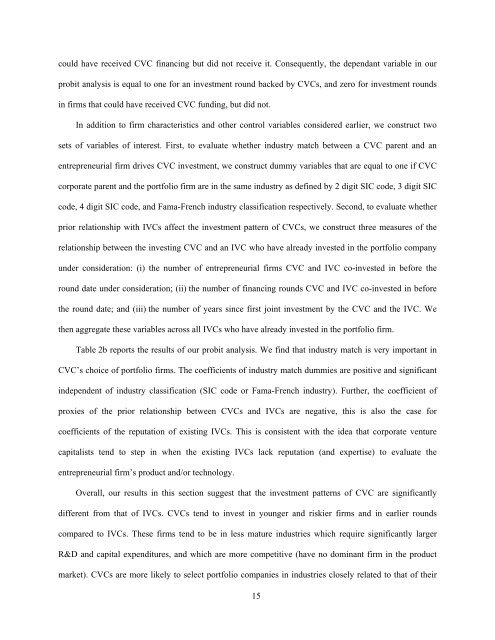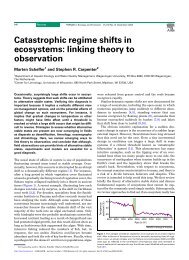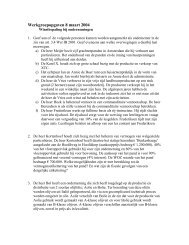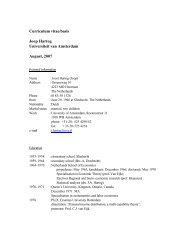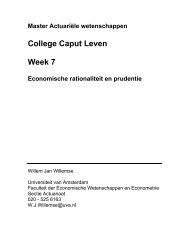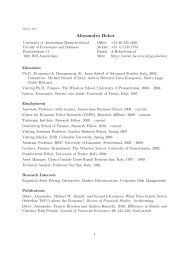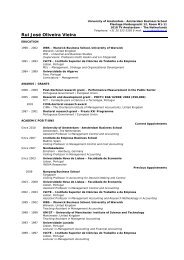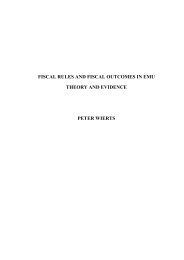How Do Corporate Venture Capitalists Create Value for ...
How Do Corporate Venture Capitalists Create Value for ...
How Do Corporate Venture Capitalists Create Value for ...
Create successful ePaper yourself
Turn your PDF publications into a flip-book with our unique Google optimized e-Paper software.
could have received CVC financing but did not receive it. Consequently, the dependant variable in our<br />
probit analysis is equal to one <strong>for</strong> an investment round backed by CVCs, and zero <strong>for</strong> investment rounds<br />
in firms that could have received CVC funding, but did not.<br />
In addition to firm characteristics and other control variables considered earlier, we construct two<br />
sets of variables of interest. First, to evaluate whether industry match between a CVC parent and an<br />
entrepreneurial firm drives CVC investment, we construct dummy variables that are equal to one if CVC<br />
corporate parent and the portfolio firm are in the same industry as defined by 2 digit SIC code, 3 digit SIC<br />
code, 4 digit SIC code, and Fama-French industry classification respectively. Second, to evaluate whether<br />
prior relationship with IVCs affect the investment pattern of CVCs, we construct three measures of the<br />
relationship between the investing CVC and an IVC who have already invested in the portfolio company<br />
under consideration: (i) the number of entrepreneurial firms CVC and IVC co-invested in be<strong>for</strong>e the<br />
round date under consideration; (ii) the number of financing rounds CVC and IVC co-invested in be<strong>for</strong>e<br />
the round date; and (iii) the number of years since first joint investment by the CVC and the IVC. We<br />
then aggregate these variables across all IVCs who have already invested in the portfolio firm.<br />
Table 2b reports the results of our probit analysis. We find that industry match is very important in<br />
CVC’s choice of portfolio firms. The coefficients of industry match dummies are positive and significant<br />
independent of industry classification (SIC code or Fama-French industry). Further, the coefficient of<br />
proxies of the prior relationship between CVCs and IVCs are negative, this is also the case <strong>for</strong><br />
coefficients of the reputation of existing IVCs. This is consistent with the idea that corporate venture<br />
capitalists tend to step in when the existing IVCs lack reputation (and expertise) to evaluate the<br />
entrepreneurial firm’s product and/or technology.<br />
Overall, our results in this section suggest that the investment patterns of CVC are significantly<br />
different from that of IVCs. CVCs tend to invest in younger and riskier firms and in earlier rounds<br />
compared to IVCs. These firms tend to be in less mature industries which require significantly larger<br />
R&D and capital expenditures, and which are more competitive (have no dominant firm in the product<br />
market). CVCs are more likely to select portfolio companies in industries closely related to that of their<br />
15


